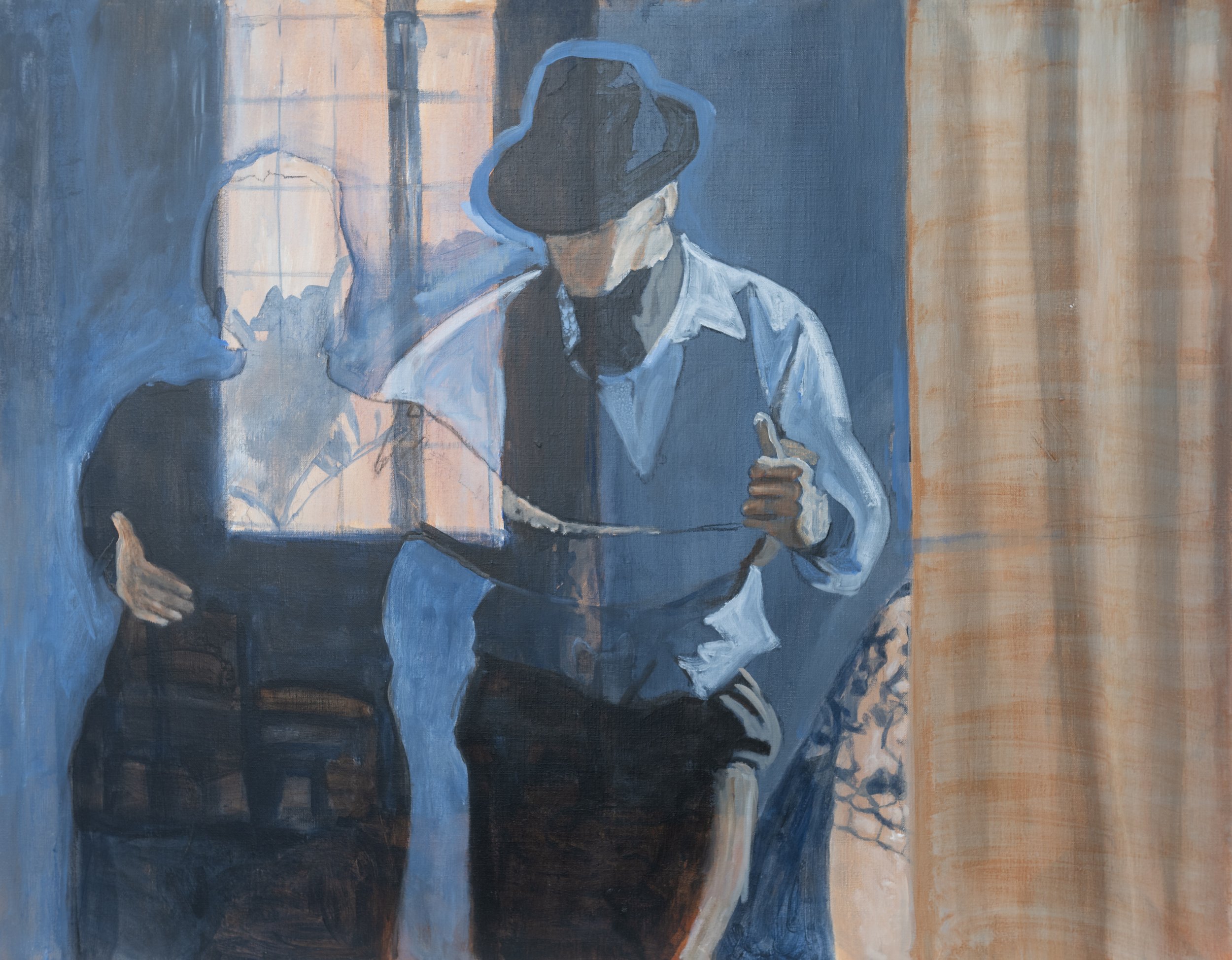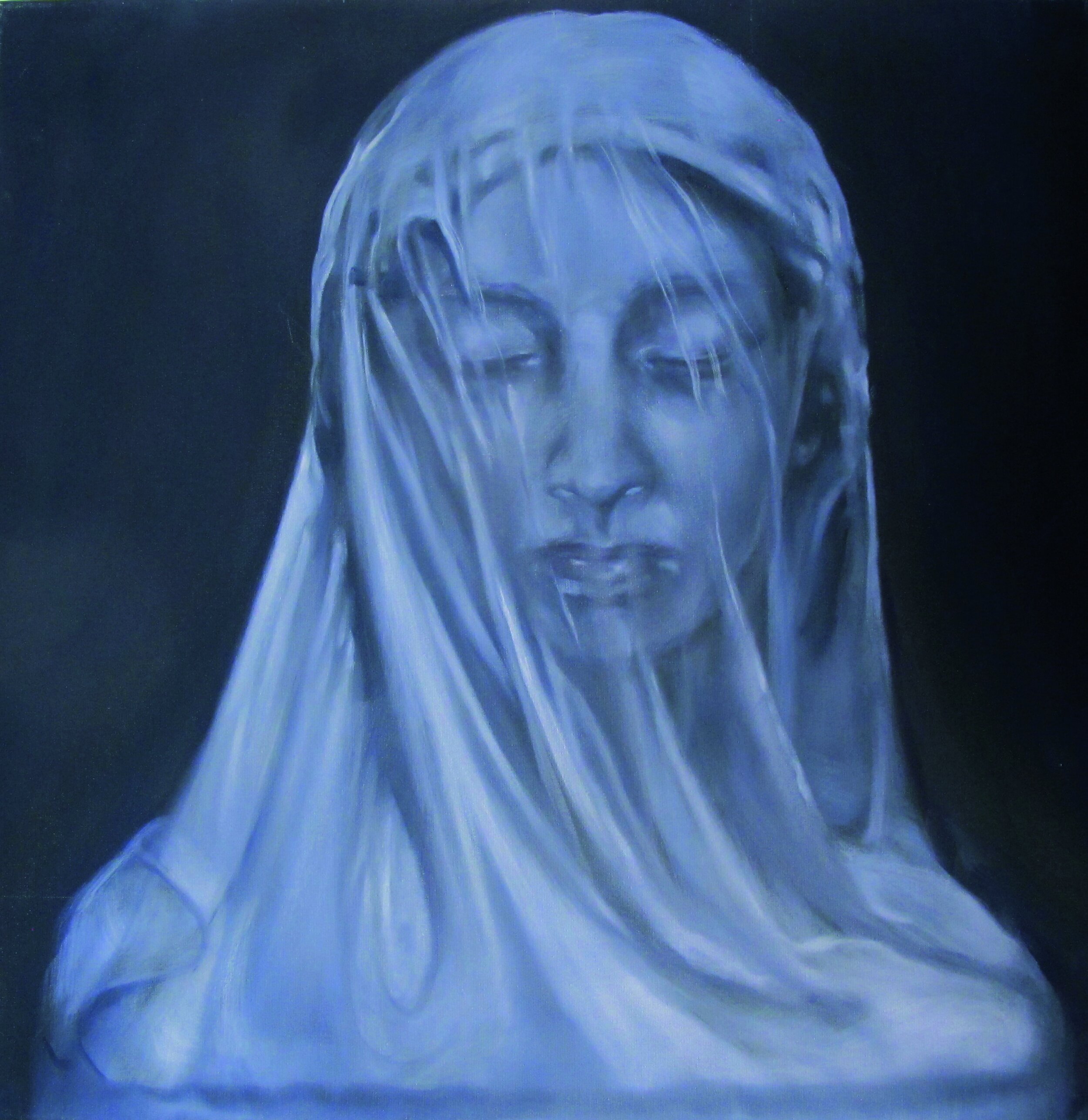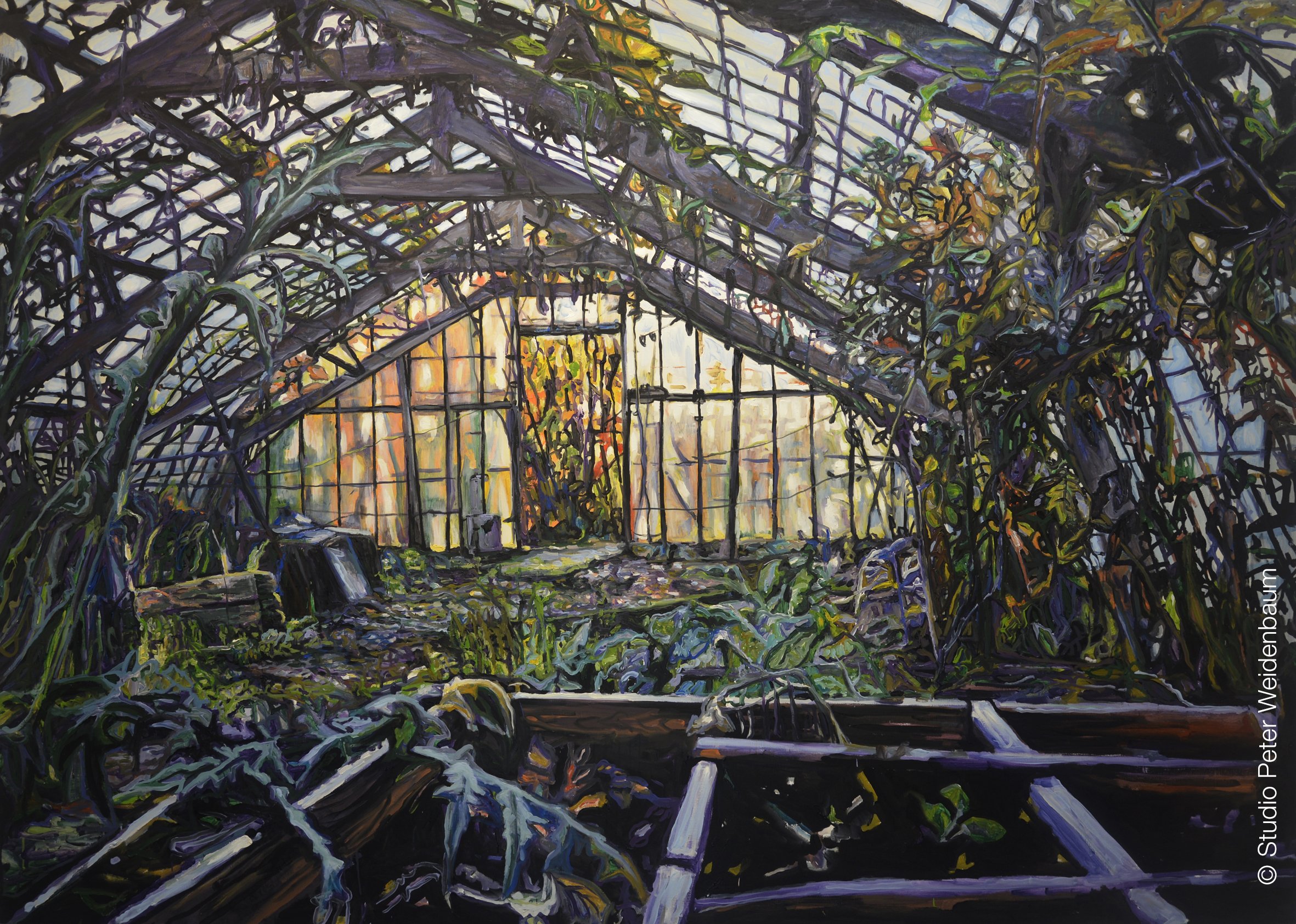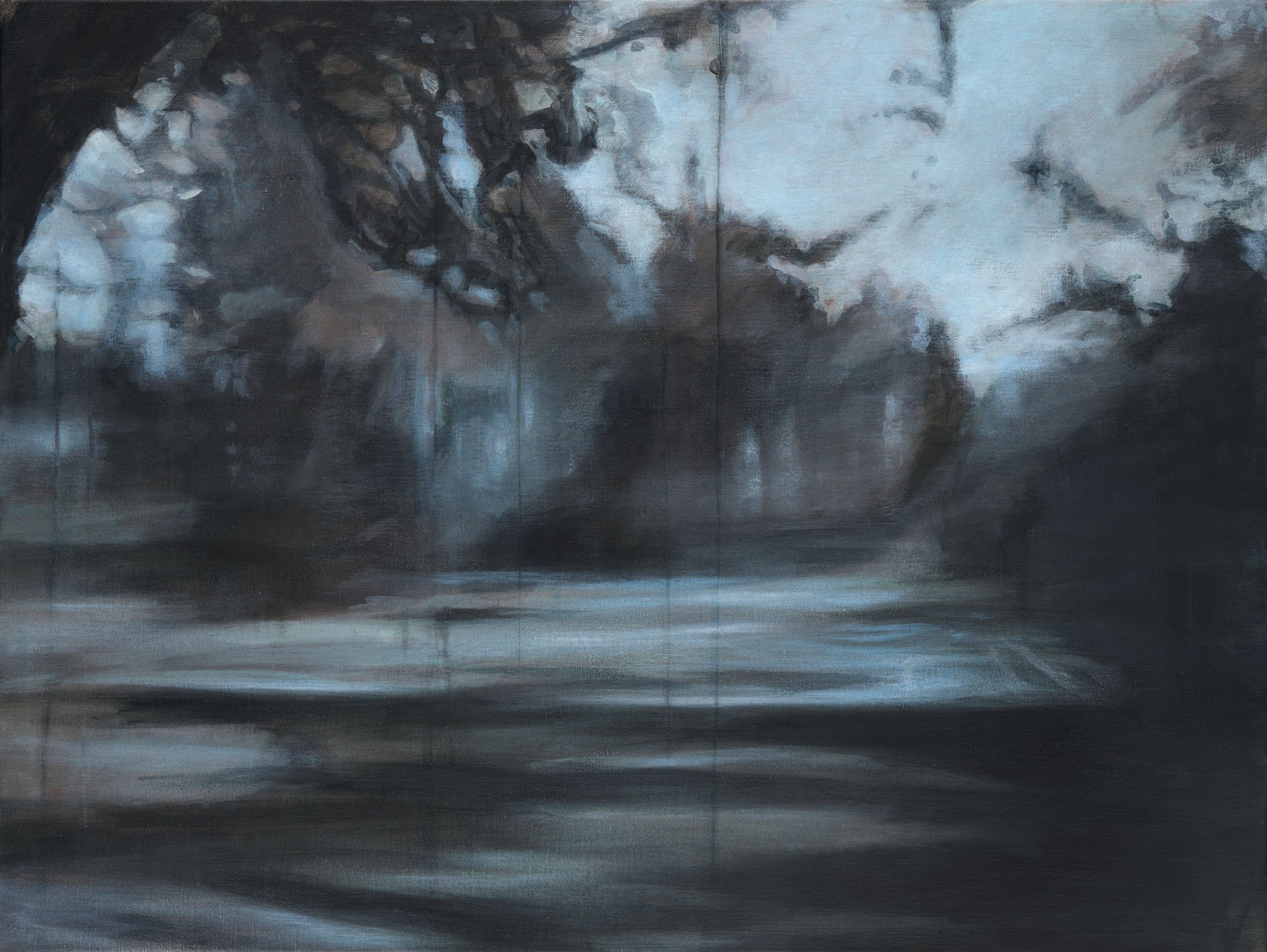MELANCHOLY - Poetry of the Mind
Curated by J. Késenne
14/05/2022 - 03/09/2022




Artists:
Johan Clarysse, Dave Donné, Roeland Kotsch, Christina Mignolet, Renato Nicolodi, Reniere&Depla, Léon Spilliaert, Yves Velter, Jos Verdegem, Peter Weidenbaum
Curator:
Joannes Késenne
Véronique de Limburg Stirum:
In the current circumstances, presenting an exhibition dealing with melancholy may seem confusing. Do we not witness enough misfortune at the moment? Should we not focus on joy and cheerfulness? Yet, accepting and taming our melancholy could perhaps, paradoxically, save us from blindness or denial and allow us to avoid a possible collapse. Is it not time to rehabilitate melancholy as a source of creative genius and poetry?
With the exhibition Melancholy, Poetry of the Mind Joannes Késenne makes us (re)discover the complex and evolving meaning of melancholy. Not only does he remind us of the diversity of the concept, which can refer to physical illness (linked to an excess of black bile), a state of mind, a creative drive, poetry or even a disposition to meditation and love passions, but he also shows the extraordinary range of its intensity. The melancholic may be sad, downcast, morbid, nostalgic, depressed, suicidal, or even in love, jealous, or simply inclined to a form of laziness, slackness and indolence due to a lack of appetite and taste for life. In all cases there is suffering, irreparable loss, an emptiness that cannot be filled. However, a certain form of pleasure cannot always be excluded.
The Jerusalem Chapel, which owes its very existence to the loss of the city of Jerusalem to the Mamluks at the time of its construction, and which features Christ dead in his tomb and not yet risen, poignantly symbolizes loss and despair. It is therefore inherently a deeply melancholic place. Joannes Késenne called on artists to draw inspiration from it in order to confront the visitor with the various contemporary facets of melancholy, which appear not to have changed much since the Middle Ages.
What has changed, however, is the degree of popularity of melancholy, which has fluctuated considerably over time (with peaks in the Renaissance and the 19th century). As Késenne points out, it is clear that today it is not good to show one’s suffering. In the age of social networks, one must show oneself to be beautiful, strong, happy, full of energy. Unhappiness is not very Instagrammable. And yet, the barometer of melancholy in our population has probably never been so high as in recent decades. There are many reasons for this: mankind has caused climate disruption that will have irreversible repercussions on biodiversity, putting humanity itself at risk for the first time; we are just emerging from a coronavirus pandemic; and a few weeks ago Russian troops invaded Ukraine, triggering the most traumatic war in Europe since the breakup of Yugoslavia. The press is talking about it and psychiatrists are confirming it: anxiety and depression are on the increase and, perhaps most worryingly, young people are not spared.
Like Stefan Zweig with his pre1914 world, we are probably collectively witnessing the loss of our World of Yesterday, this world of overconsumption, speed, youth and various taboos (old age, suffering, ugliness, illness, death...). By accepting this loss and embracing our spleen, do we not make room for the other side of melancholy suggested here by Joannes Késenne, the side made of imagination, creativity, lucidity, consciousness and dreams, the side never forgotten and so well interpreted by the artists represented here?
Joannes Késenne
There is a close relationship between art and melancholy. Not only is the history of art itself a melancholic investigation into the preservation of what has been lost in the course of time, any aesthetic enjoyment likewise lets us experience how something is always eluding us. The American poet Emily Dickinson once wrote: “Perception of an object costs / Precise the Object’s loss.” Music, literature and the visual arts offer us timeless delight, a joy that is irrevocably lost in direct, vivid experience. Art puts its finger on what slips through our fingers.
Melancholy is not only rooted in the arts, it is also dealt with in mythology, philosophy, psychiatry, religion and astrology. The word melan cholos (black bile) dates back to ancient Greek medicine, but survives to this day in shifting meanings. Melancholy should be written in the plural form, because it branches out like the tentacles of an octopus. At the heart of melancholy, there is ambivalence. It is not only a vessel of sorrow, doom and gloom, it holds potential. It is both suffering and creating, or rather, creating out of suffering. On the one hand, this noonday demon is laced with negative connotations, ranging from depression, fatigue, laziness, moral cowardice, lack of courage, sinfulness, yes, it is even said to be diabolical. But at the same time, melancholy feeds the imagination, creativity, lucidity, intensity, alertness, selfknowledge, awareness and, however paradoxically, utopia. This affinity between madness and genius was not invented by Romanticism. The link was made long before, in Greek and Roman times. Precisely because of its understanding of impermanence, this state of mind is therefore well placed to puncture illusions and to provide a critical insight into social events or to question established views. In this day and age of neoliberalism with an unbridled market economy and insatiable consumerism, this way of feeling for life struggles to find its settings. The voice of cultural pessimism is no longer heard. Being unhappy is taboo. Yet, becoming aware of an objective lack of meaning can give rise to a deep passion for life. Facing the tragedy of our existence need not be an admission of weakness. Melancholy shapes an inner phantasm of a utopian Atlantis in which completion and ideals reign, a phantasm of what is lost in advance. The melancholic utopia is what lies hidden in the darkness of lived through blessings. Every realisation is only a dark outline of the utopian fullness, the now of the fulfilled moment. The melancholic nowhere land is a ‘not yet’ that must not be lost. In other words, melancholy provides in several senses a poetics of the mind, a power of imagination…
